26+ Job Objective Examples to Download
In the competitive world of job hunting, a well-crafted job objective can be your key to unlocking opportunities. It’s more than just a line on your resume; it’s a powerful tool that communicates your aspirations, skills, and potential to employers at a glance. This article will guide you through the process of creating compelling job objective examples that grab attention and set you on the path to success.
1. Customer Service Manager Resume
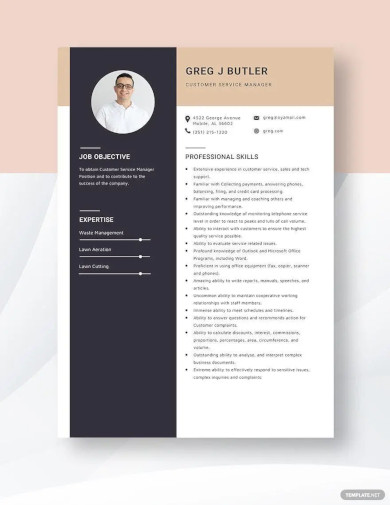
2. Teacher Resume

3. Basic Fresher Resume
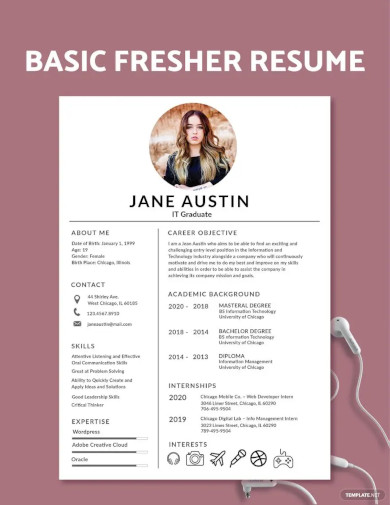
4. BPO Resume
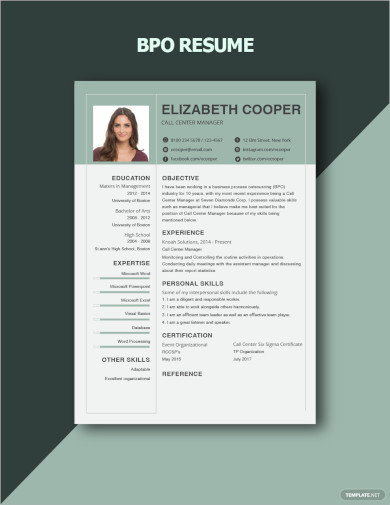
5. Resume Self Introduction Template
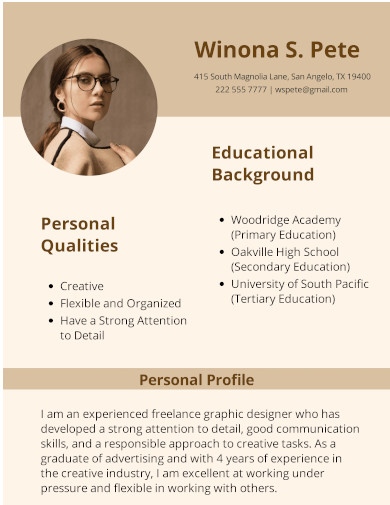
6. Resume Job Objective

msubaroda.ac.in
7. Sample Job Objective
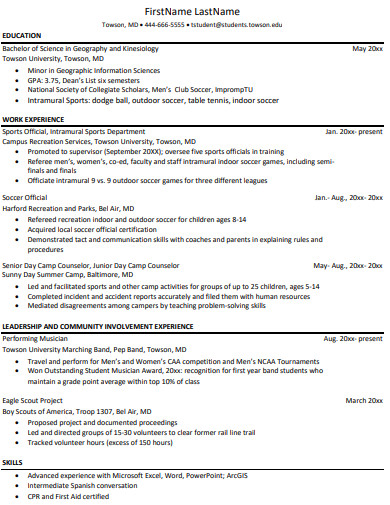
towson.edu
8. Customer Service Job Objective
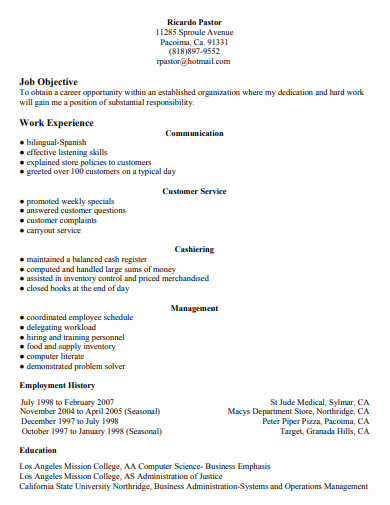
csun.edu
9. General Job Objective
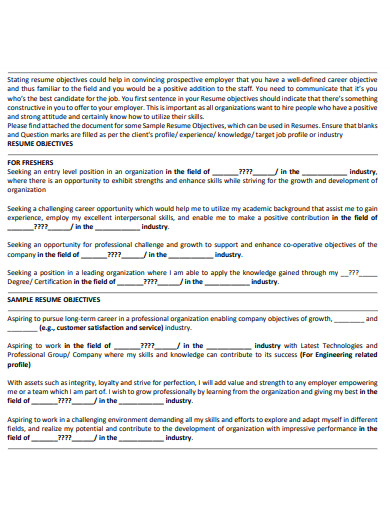
iotme.uok.edu.in
10. Teacher Job Objective
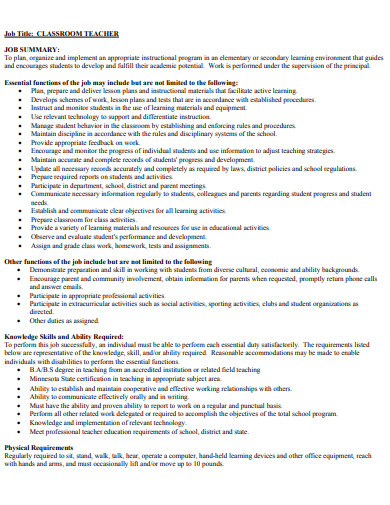
applitrack.com
11. First Job Objective
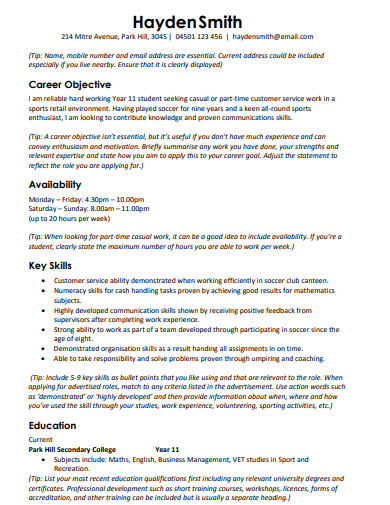
myfuture.edu.au
12. Administrative Assistant Job Objective
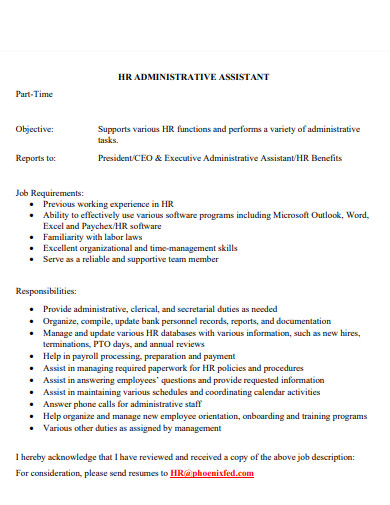
phoenixfed.com
13. Professional Job Objective
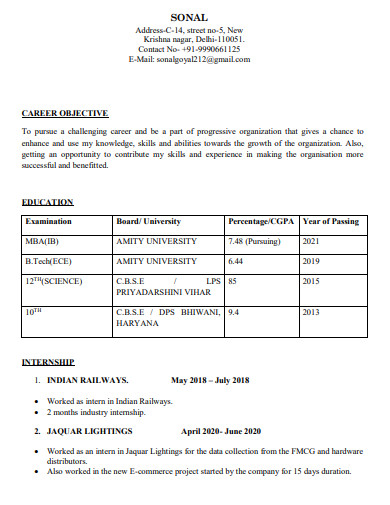
amity.edu
14. Basic Job Objective
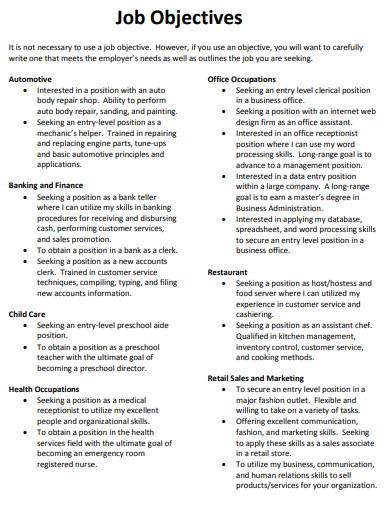
rmhscareers.weebly.com
15. High School Student Job Objective
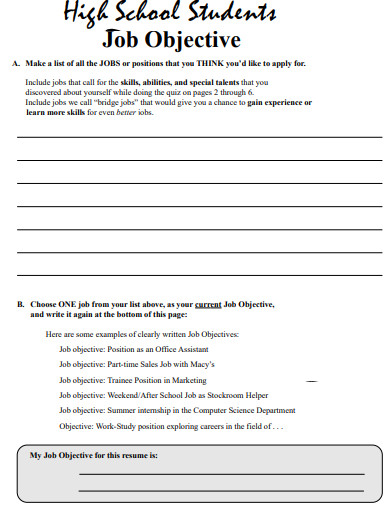
bths.edu
16. Fresher Resume Job Objective
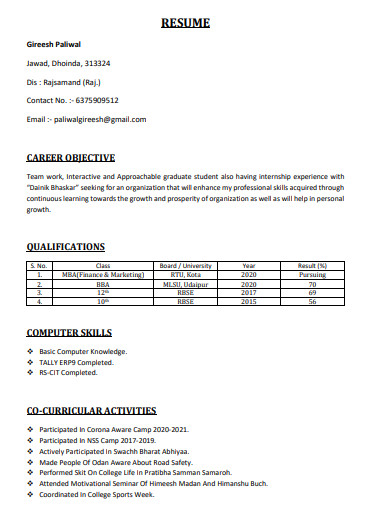
shrinathjimanagement.com
17. Job Application Job Objective
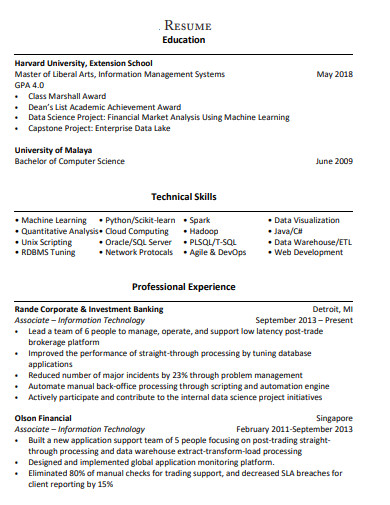
hwpi.harvard.edu
18. Call Center Job Objective
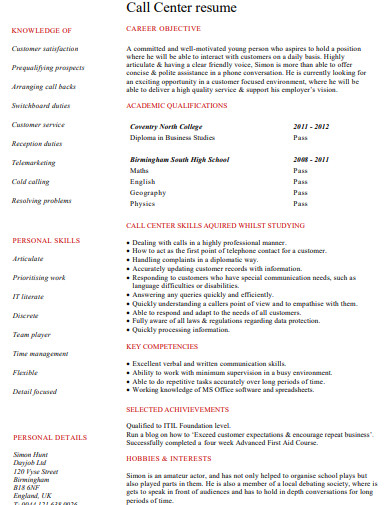
dayjob.com
19. Student Resume Job Objective
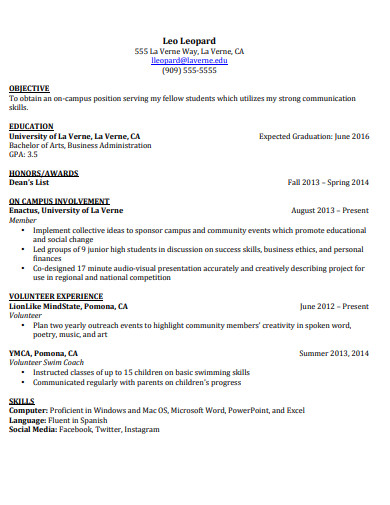
laverne.edu
20. Nurse Job Objective
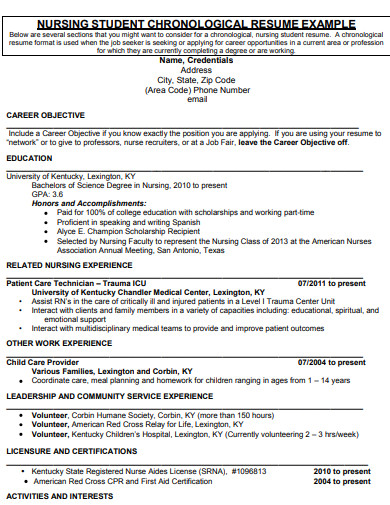
ukhealthcare.uky.edu
21. Job Objective Statement
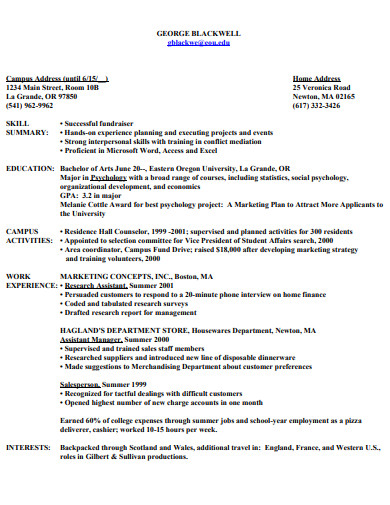
einsteinmed.edu
22. Job Career Objective
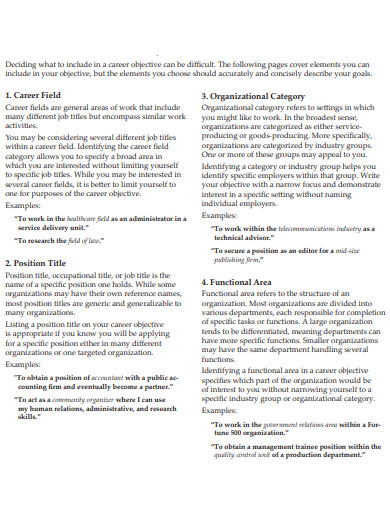
career.fsu.edu
23. Receptionist Job Objective
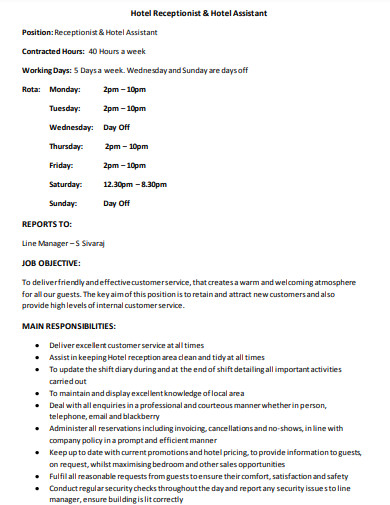
avishotel.co.uk
24. Civil Engineer Job Objective
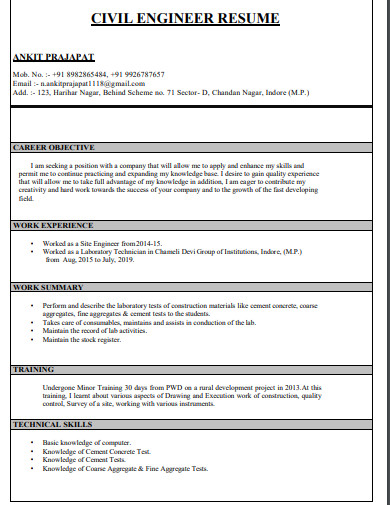
durgasteelgroup.com
25. Beginner Job Objective
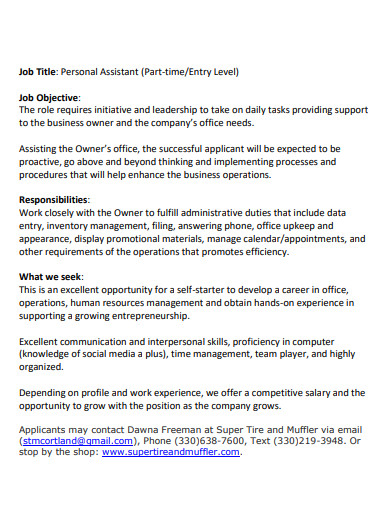
s3-live.kent.edu
26. Part Time Job Objective
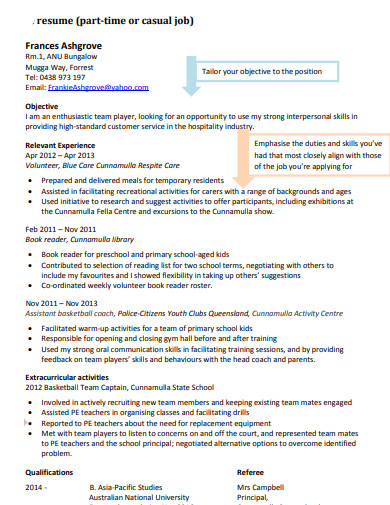
anu.edu.au
27. Human Resource Job Objective
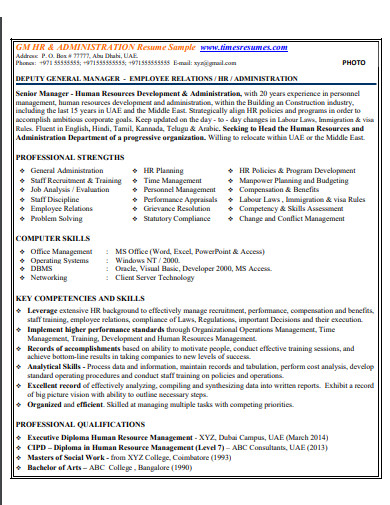
timesresumes.com
What is Job Objective?
A job objective, also known as a career objective or resume objective, is a concise statement placed at the beginning of your resume that outlines your career goals and what you hope to achieve in a specific role. It provides employers with a brief overview of your aspirations, skills, and the value you can bring to their organization.
How to Write a Job Objective
Crafting a compelling job objective requires a thoughtful approach. Here’s a step-by-step guide to help you create job objective examples that stand out from the crowd.
Step 1: Self-Reflection
Before diving into writing your job objective, take some time for self-reflection. Identify your strengths, weaknesses, and both soft and hard skills that make you a suitable candidate for your desired role. This introspection will provide the foundation for your job objective’s content.
Step 2: Contextualize Your Objective
It’s important to tailor your job objective to the specific job description you’re targeting. Research the company and role thoroughly to understand the context in which you’ll be working. This will help you align your objective with the company’s goals and showcase your genuine interest in the position.
Step 3: Craft a Compelling Statement
Avoid clichés and generic phrases. Instead, create a unique job objective that grabs attention. Start with a strong action verb, mention your desired role, and highlight your strengths briefly. For instance, “Aspiring marketing professional with a passion for data analysis and strategic planning, seeking to leverage creative thinking and analytical skills to drive campaign success.”
Step 4: Keep It Concise
While your job objective should be impactful, it should also be concise. Aim for a statement that’s around two to three lines long. Keep in mind that employers often skim resumes, so a succinct job objective makes a stronger impression.
FAQs
Can I use the same job objective for different job applications?
It’s best to tailor your job objective for each application. Highlight the specific skills and qualities that match the requirements of the job description, showcasing your suitability for the role.
Should I mention my weaknesses in the job objective?
While self-awareness is important, the job objective is not the place to discuss weaknesses. Focus on your strengths and what you bring to the table to make a positive impression.
Can I use the job objective to negotiate my salary?
The job objective is more about stating your career aspirations and how you can contribute to the company. Salary negotiation typically comes later in the hiring process.
In conclusion, crafting an effective job objective is a crucial step in presenting yourself as a desirable candidate to potential employers. By following the steps outlined in this guide, you can create job objective examples that reflect your goals, hard and soft skills, and enthusiasm for the role you’re pursuing. Remember, a well-crafted job objective can make a lasting impression and set the tone for the rest of your job application.


